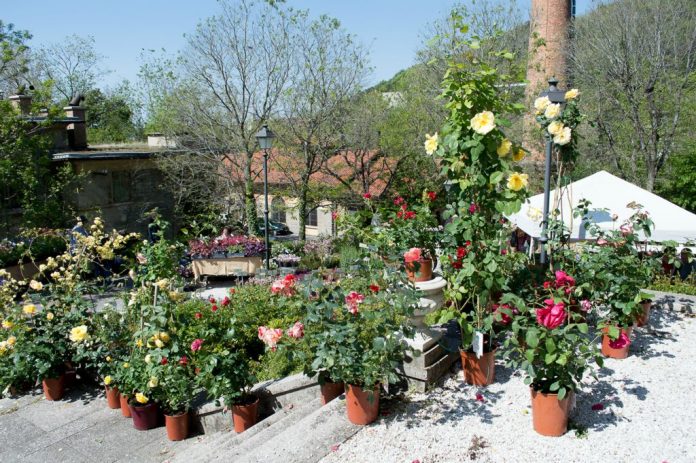by InTrieste
On a rainy November evening, in a modest building along Via Modiano, a dedicated group of Trieste residents gathers, ready to trade city noise for olive groves and berry orchards—at least in theory. They’re part of the city’s “Urban Gardens and Green Spaces” project, an initiative that’s transforming this northeastern Italian port town into a hub of community-led horticulture, complete with practical classes on everything from olive cultivation to urban farming techniques.
Held on Wednesday evenings, these sessions are free and open to everyone. Led by a team of local experts, they aim to teach participants not only how to grow their own produce but also how to protect what organizers call “common goods”—shared spaces and resources in the community. This week, on November 20, instructor Paolo Parmegiani, a local agronomist, will teach participants how to manage and care for a small family olive grove, a class especially appealing in Trieste, where olive trees line streets and family yards alike. Parmegiani notes that the practice of olive cultivation is a “pillar of our agriculture,” with small-scale growers from diverse backgrounds across the region working to supply their families with fresh olive oil and olives.
The hands-on, community-oriented approach extends beyond theory. The final session, scheduled for November 27, will focus on establishing berry orchards, led by Valmi Boccali, a horticulturist with a focus on sustainable agriculture. This method of learning, blending traditional techniques with a new sense of collective ownership, is reshaping urban horticulture in Trieste. Each course combines expert-led lectures with practical activities that allow participants to learn by doing—and they leave with a certificate of completion if they attend all three sessions.
More than just teaching gardening skills, the program is reconnecting residents with their city’s green spaces and with each other. Under the leadership of environmental groups Urbi et Horti, Legambiente Trieste, and Bioest, the project has drawn more than 300 urban gardeners and sparked the creation of over thirty community gardens in Trieste. Local organizer Tiziana Cimolino points out that the sessions are about more than food security. “Growing your own vegetables can reduce family grocery bills, yes, but it’s also about creating a healthier, more active lifestyle and building community. Gardening helps people stay connected to their food and to each other.”
The benefits extend to Trieste’s children as well. “If you have kids, involve them,” says Cimolino. “Gardening has tremendous educational value. Children not only learn where their food comes from but also gain an appreciation for the environment—and the benefits of sharing and working toward common goals.”
Trieste, long a cultural crossroads, has a deeply rooted agricultural tradition. Here, the small gardens emerging across the city represent more than just a sustainable food source. They are also symbols of social cohesion, built on a collective pride that’s reigniting Trieste’s historic sense of community.
Classes will continue with a spring session, featuring hands-on horticultural activities at a local “school field” specifically designed for practical learning. Residents interested in joining the movement can look forward to learning more about sustainable agriculture and how to adopt one of the city’s community gardens.
For further information about upcoming sessions, visit Urbi et Horti’s Facebook page or website.






























